A conversation with Gabriel J. Lopez-Bernal, President of Icomera North America.
Supported by an infusion of federal funding, many rail operators across the US are tackling much-needed upgrades for end-of-life rolling stock and infrastructure. By procuring new products and technologies, agencies hope to retain passengers and improve customer satisfaction across their networks.
To facilitate this process, events such as the APTA Rail Conference offer a platform for sharing ideas and best practices in the industry. During the event, we spoke with Gabriel J. Lopez-Bernal, President of Icomera North America, about how investments can be optimized to retain the passenger rail market and refocus attention on ROI.

Tiana May (TM), Railway-News: Recently, there has been a concerted effort to expand and modernize passenger rail systems. Is there a demand to justify the significant financial investments being made?
Gabriel J. Lopez-Bernal (GJL), Icomera North America: Absolutely. Historically, the US boasted extensive and efficient public transit networks. However, over time, private interests led to policy changes and a significant investment in roadways, which contributed to a greater dependence on personal vehicles. Nevertheless, whenever new routes, schedules, or amenities are introduced, we see a clear demand for these improvements.
TM: To help drive this demand, should agencies be focused on establishing more lines and connections or improving current services?
GJL: We first need to be able to maintain what we’ve already built. For example, under CEO Jim Derwinski’s leadership, Metra has been diligently addressing a significant backlog in state-of-good repair for its infrastructure. They are actively working to maintain hundreds of century-old bridges, half of which they manage directly, with the rest under the responsibility of freight railroads. Addressing these foundational issues is crucial for Metra to continue providing reliable services.
Agencies often prioritize high-profile, new projects when funding becomes available, seeking community recognition and acclaim. While these projects can enhance an agency’s reputation, they often overshadow the critical need for infrastructure maintenance. We must resist the allure of new projects at the expense of neglecting our existing infrastructure. Agencies need support from entities like the FTA and USDOT to prioritize maintenance alongside new developments.
TM: Can you provide any examples of where organizations have perhaps focused on the wrong thing?
GJL: In Miami, there’s been a tendency to showcase elaborate plans for new infrastructure, yet actual accomplishments over the past two decades are disappointing. Part of the issue lies in questioning whether some proposed projects are truly viable. Take the North Corridor, for instance, which has faced federal rejection due to inadequate ridership projections. It begs the question: why persist with pushing an ambitious transit map instead of investing in revitalizing historic transit corridors?
Transit investment in Miami should prioritize areas where robust transit infrastructure thrived in the 1920s, 30s, and 40s. These are locations where interurban and streetcar services once fostered dense land use patterns, supportive of public transit. Instead of chasing after shiny new projects, we must maintain focus on investing transportation dollars into revitalizing existing corridors. This approach ensures we demonstrate effective transit development in North America before expanding into new infrastructure ventures.
TM: Should these factors also be prioritized for inter-city services, as well as metropolitan ones?
GJL: Absolutely. Amtrak’s inaugural Borealis service, which uses existing rail infrastructure between Chicago and St. Paul, was packed. Amtrak is in a position where they’re trying to rush mothballed equipment back into revenue service. They just can’t find enough rolling stock, but the demand is there. They decided to run the new Borealis train for a reason, as they had data to prove they needed to do it. The ridership numbers will now support that.
In Florida, SunRail is expanding its routes and frequency, recognizing the growing need for reliable inter-city rail services. In California, LOSSAN is adding new frequencies with the Pacific Surfliner to support the X Games. Meanwhile, Amtrak is at a point where they’re looking to add four new trains a day to the Northeast Corridor. These initiatives respond to the demand for effective investment in transit.
Each of these services has also invested in upgraded passenger amenities such as improved WiFi that keep commuters, college students, and visitors relying on the service. This highlights a consistent theme across these regions, as an enhanced passenger experience helps meet current demand while also stimulating further ridership growth.
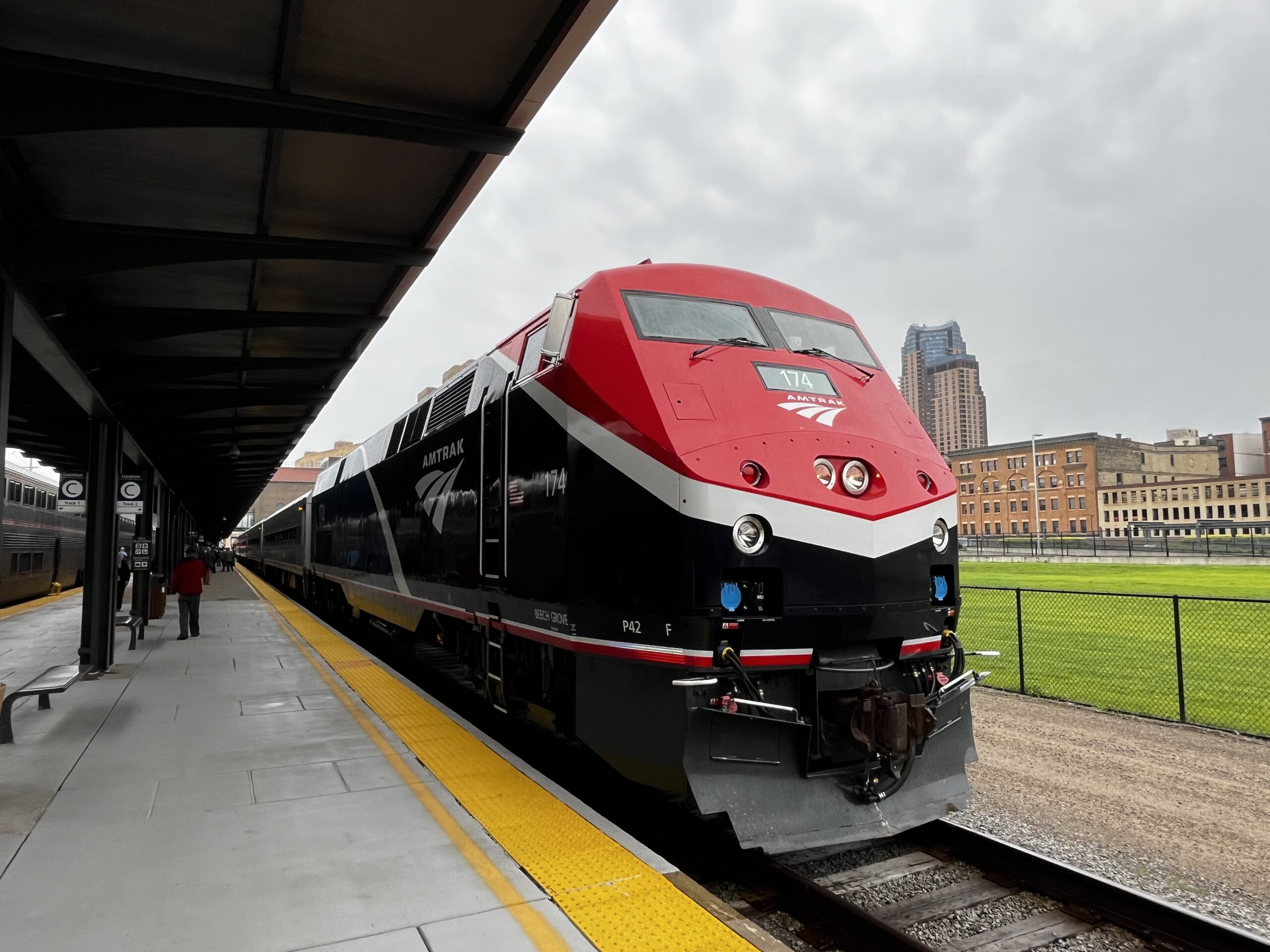
Amtrak’s Borealis service
© Amtrak
TM: As your company is global, are you able to identify challenges for projects in the US that are not present elsewhere?
GJL: There are some unique aspects for US operators compared to their European counterparts. Except for the Northeast Corridor from Washington to Boston, Amtrak doesn’t have good control of its rail infrastructure, it is beholden to the interests of private freight railroads.
At the conference, Amtrak spoke about some of the challenges they face as they try to maintain the Northeast Corridor. They’ve realized that it’s beneficial to have a five-and-a-half-hour work window every night where they don’t run the service so that they can get the critical work done to improve service quality for the other three-quarters of the day.
This acknowledgement is powerful and will allow them to provide a better service with improved reliability. This will boost ridership further and make people trust that they can rely on Amtrak. It is similar to the airline industry: if you have a bad experience with a particular airline and you start realizing there’s a pattern of poor service, you don’t want to fly with them. Amtrak is realizing that by being more reliable in the corridors they control, ridership will increase across their network.
However, on corridors where long-distance Amtrak services run on freight tracks, they don’t have a preference, so they can’t control the schedule as much. This is where they encounter reliability and on-time performance issues because passenger trains get stuck in freight traffic, which has precedence. This challenge is unique to the US because, in many other countries, passenger rail often has priority over freight – or the public interest controls access to the corridor.
Control over infrastructure is crucial for maintaining service quality. In the US, the lack of this control outside of the Northeast Corridor presents a significant challenge that isn’t as prevalent in other parts of the world where passenger rail typically takes precedence. Addressing this disparity is essential for improving the overall reliability and appeal of rail services in the US.
TM: In these cases, is a more enjoyable onboard service, rather than a more efficient one, the key incentive that attracts passengers?
GJL: Yes, exactly. The Borealis service, for example, takes 8 hours, but it is also 8 hours to drive, so people may question why you’d do it. When operators say they don’t have the money to invest in onboard Wi-Fi or onboard entertainment, they’re not connecting the dots and realizing that this is the connection between new service and sustained ridership.
It is simple. The 8-hour drive is stressful. It is not as enjoyable as sitting on a train. Take Brightline: is it more effective to take the train than to drive? No. The journey time is about the same. But look at the ridership: I think they’re going to hit 4 million riders in this next fiscal year. So people want to do it because it is an enjoyable experience. That has value.
I think Canada is realizing this while planning its High-Frequency Rail project. It was originally going to be a high-speed, high-frequency corridor, but they’re realizing that the speed is not as important as the frequency. They need to make transit between Windsor and Quebec City, and the cities in between, as reliable as possible. And whether the trains are going 110 miles an hour or 130 miles an hour is not as important. Passengers want good quality trains and they want frequent services. If they do that and offer a pleasant onboard experience, the ridership will come; they don’t necessarily need to compete with the journey times of other modes. When the journey itself becomes a pleasant part of the travel experience, people are more likely to choose the train over other options.
TM: Which features should be prioritised to help create this experience? You’ve previously mentioned Wi-Fi, do you see this as a key driver for attracting passengers?
GJL: Absolutely. We hear that across the board. Wi-Fi is crucial, and not just for inter-city rail; commuter rail and urban transit can benefit from it as well.
Amenities such as comfortable seating, power outlets, reliable Wi-Fi, and quality food and beverage options turn a train journey into a more relaxing and productive time. This is especially valuable for business travelers who can use the travel time to work or for families who can enjoy a stress-free trip without the hassle of driving.
Commuter rail agencies understand that providing a fantastic onboard experience can attract new riders and retain existing ones. For example, at the conference, Dave Dech from SFRTA/Tri-Rail discussed operating in the same region as Brightline. In South Florida, these complementary rail systems offer similar travel times, so differentiating factors can be key for attracting passengers. One significant advantage Dech offers is affordability: a Tri-Rail ticket might cost around $5, making the service accessible to a broader range of passengers, whereas a Brightline ticket for the same route could cost up to $100. This price difference has a big impact on rider retention and attraction.
Moreover, Dech is exploring ways to enhance the onboard experience to be more Brightline-esque. This includes upgrading seating, improving Wi-Fi connectivity, and offering amenities that make the journey more pleasant and productive. These improvements are not just about comfort but also about making the train a more appealing alternative to other forms of transportation.
Beyond Wi-Fi, other factors also contribute to retaining riders. These include reliability, frequency of service, cleanliness, and safety. Ensuring trains run on time and that there are enough services to meet demand is crucial. Passengers want to know they can depend on the service to get them where they need to go without unnecessary delays or complications.
David Dech, CEO of SFRTA explains: In order to enhance the passenger experience, it is imperative for us to have our equipment maintained to a level where people can feel they are riding a superior service, and not just run-of-the-mill public transportation. Onboard services such as Wi-Fi connectivity, comfortable seating, efficient technology for train tracking and purchasing fares, all together with an efficient service that gets you where you need to get to on time.
The enhancement of our fleet caters directly to the needs of commuters seeking comfort and reliability in their travels, whereby we can increase their satisfaction with our services and naturally improve upon our ridership retention. These objectives have to be worked on in unison, and the key is not only to produce good results but also to make it part of the agency culture to consistently maintain an enhanced level of service.
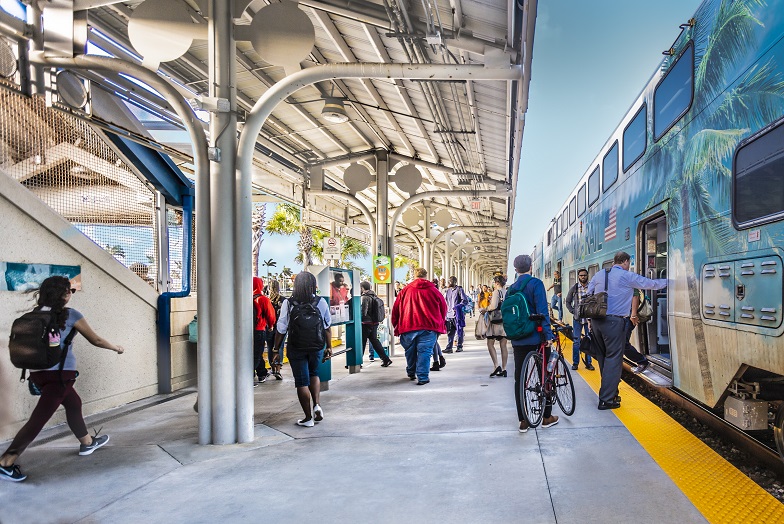
Tri-Rail is a commuter rail service linking Miami, Fort Lauderdale and West Palm Beach in Florida
© Tri-Rail
TM: Several discussions at the conference have focussed on cleanliness and safety. How does this factor into providing an attractive onboard experience?
GJL: Cleanliness and safety are paramount. A clean, well-maintained environment makes a positive impression and encourages repeat usage. Safety, both onboard and at stations, is essential for building trust with passengers.
Developments in technology present many opportunities in this area. AI and machine learning can enhance video surveillance systems, making them more intelligent and proactive. For example, these technologies can identify unattended luggage, detect weapons, and recognize altercations in real time.
By implementing these advanced security measures, rail operators can ensure a higher level of safety for passengers. This not only helps to prevent incidents but also provides peace of mind for travelers, making the onboard experience more comfortable and secure. Passengers are more likely to choose and continue using a service they trust to keep them safe.
Reinforcing this standpoint, Alexander J. Houck, Deputy Chief Safety Officer at Maryland MTA added: Recognising safety as an opportunity not only facilitates discussions to address knowledge gaps and involve stakeholders but also underscores the importance of cost-effectiveness for long-term success. By prioritising safety in transit technology investments, we not only safeguard passengers but also mitigate potential financial risks, ensuring sustainable and efficient operations in the long run.
TM: There are evidently several factors that contribute to retaining the passenger rail market. How should suppliers and operators collaborate to facilitate success?
GJL: At Icomera, we see ourselves as a digital partner for transit agencies to help retain ridership. Riders are back, but let’s retain them for as little cost and as little effort as possible. Agencies need to streamline efforts, from procurement to public involvement, and return on investment needs to be a metric right from the start.
This conversation follows the first instalment of our interview with Icomera, which provides further insight into how the industry can maximize the potential of modern-day investments.
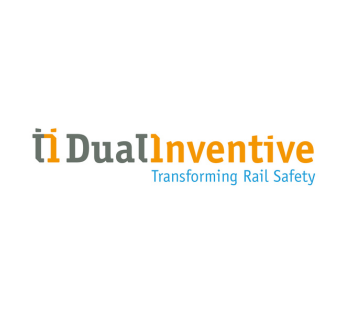
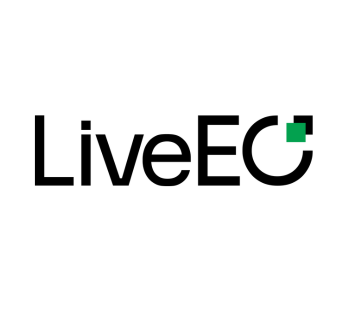
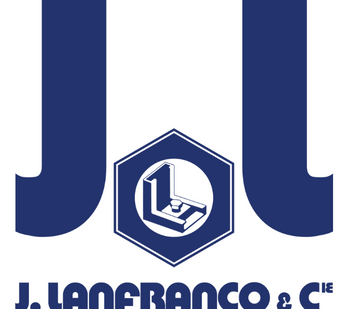
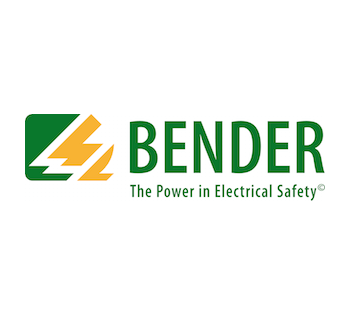
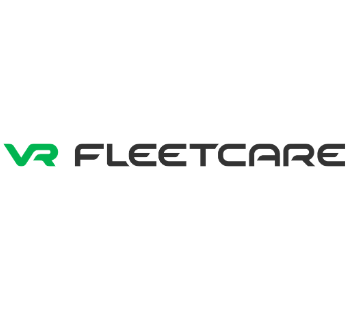
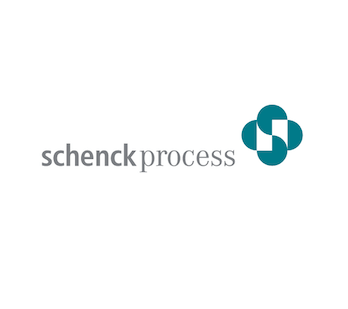
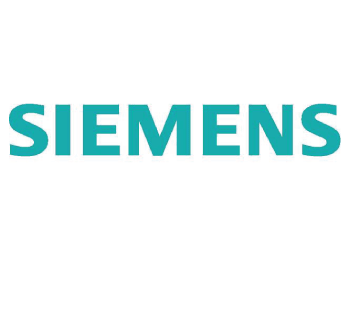

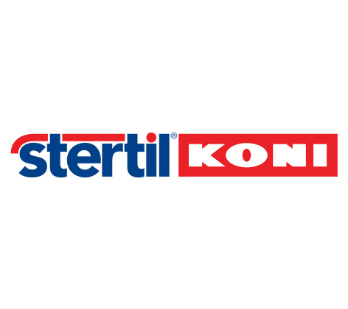
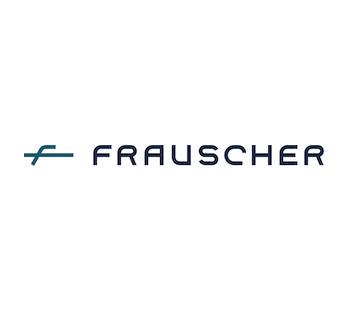
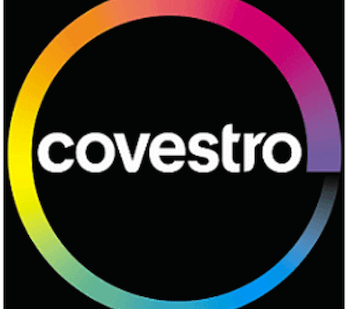
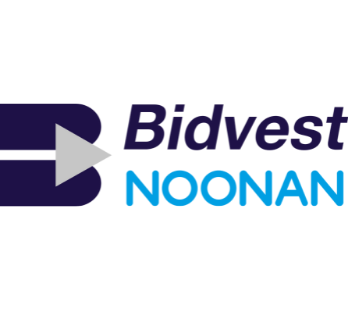
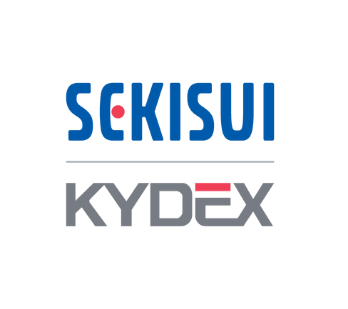
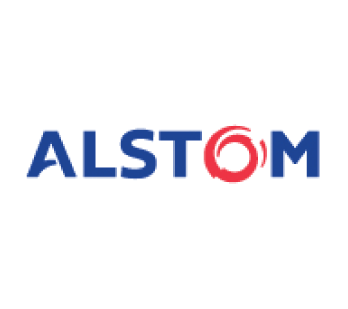
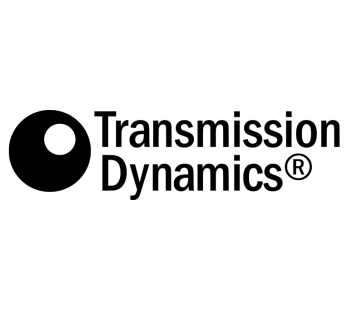
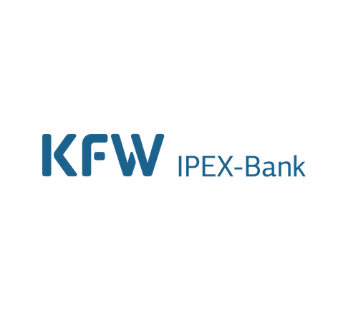
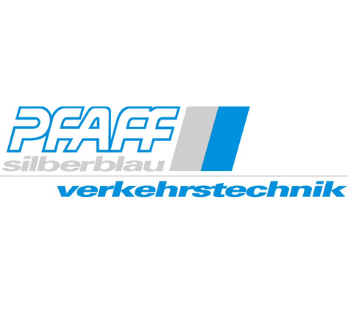


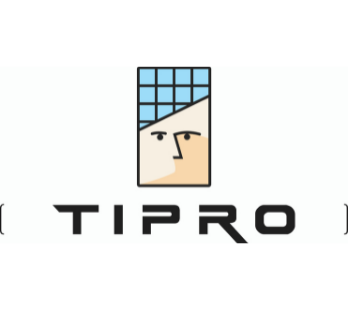

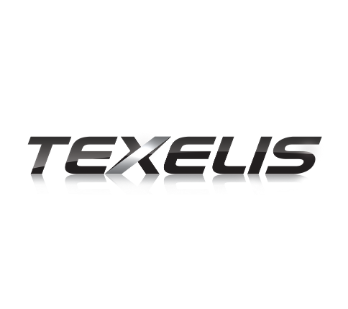
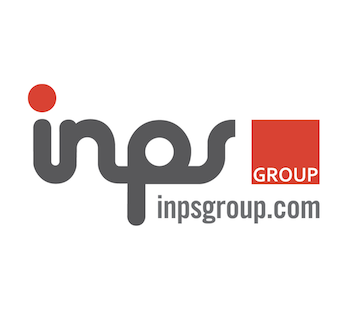
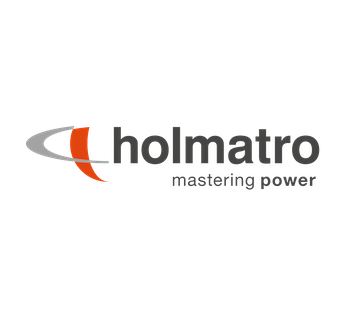
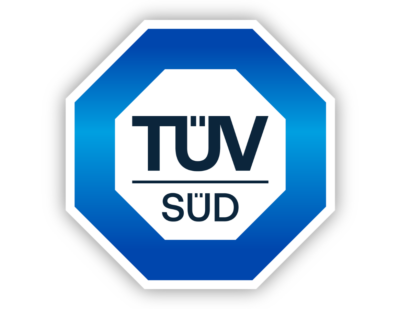
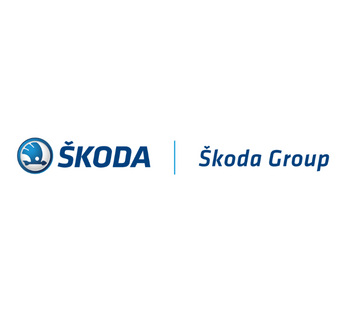
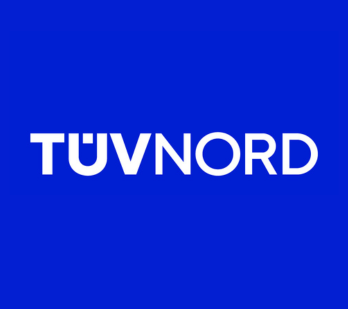
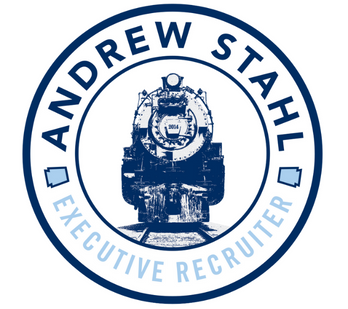

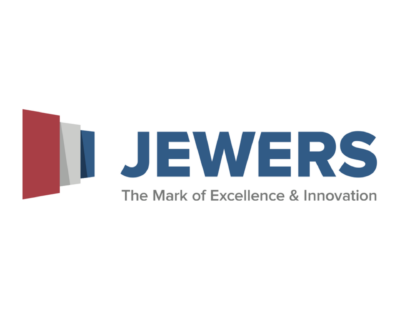
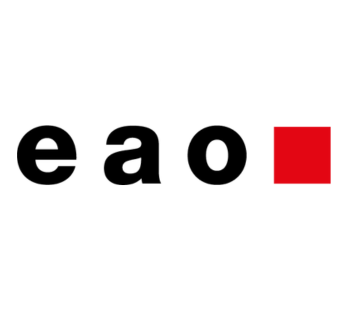
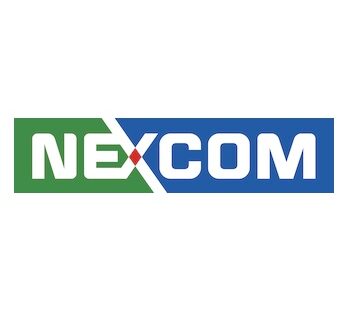
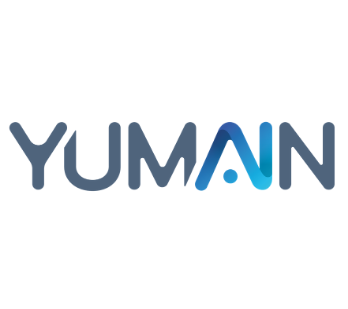
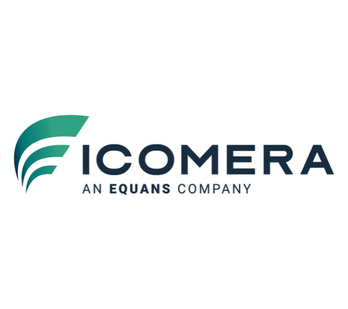
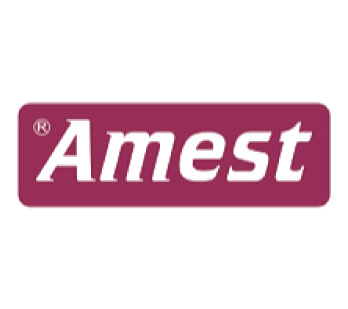
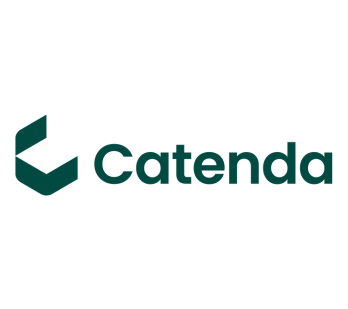
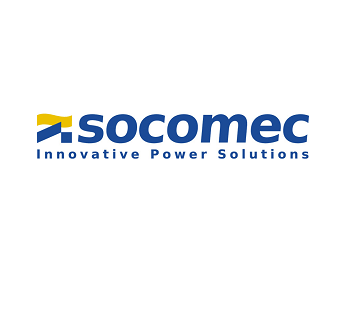
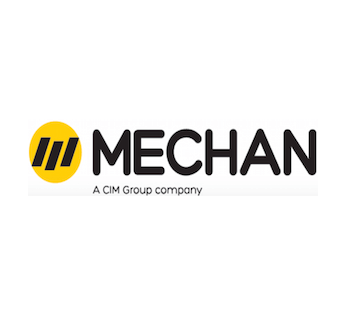
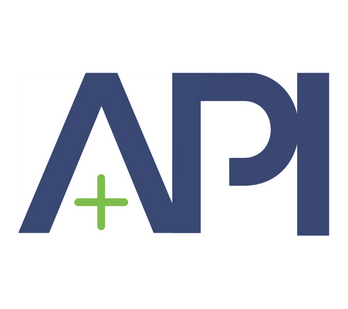
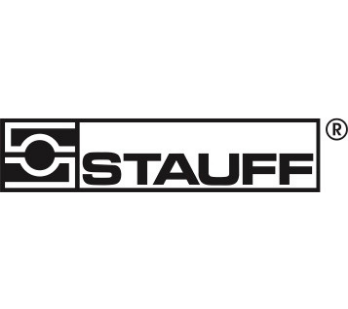

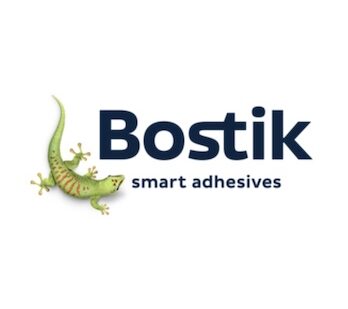

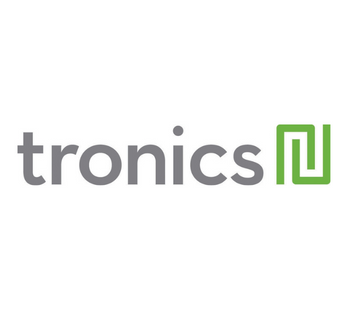
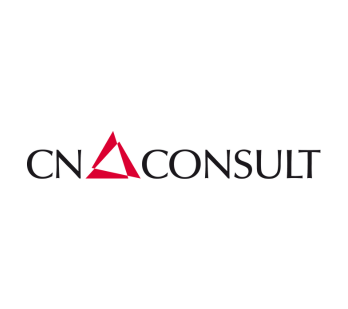
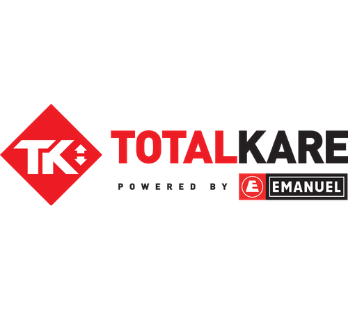
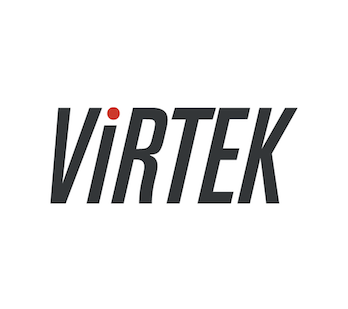
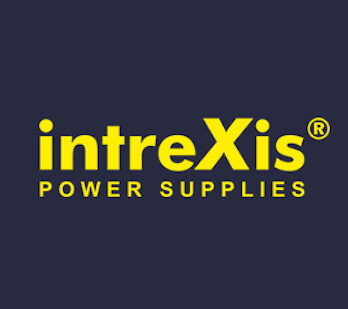
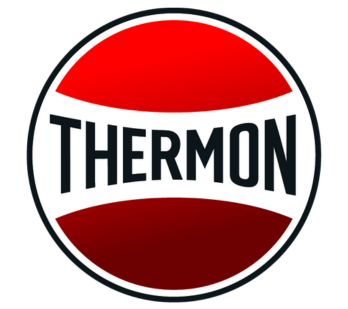

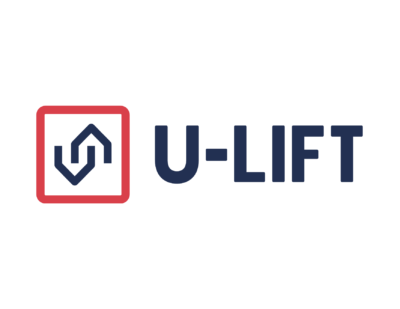
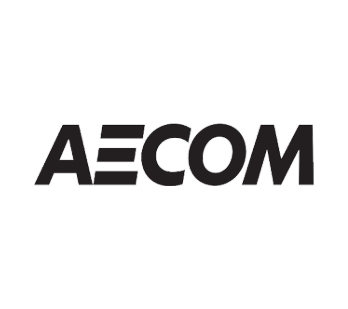
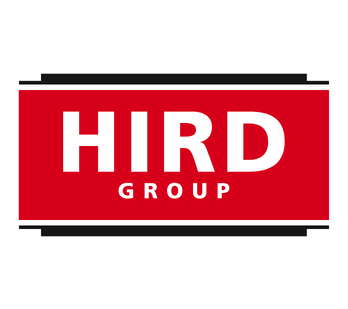
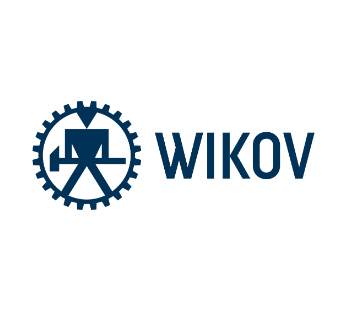
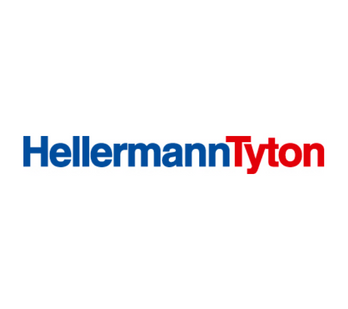
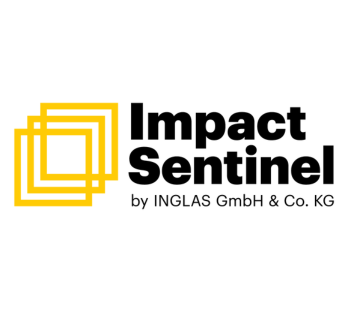
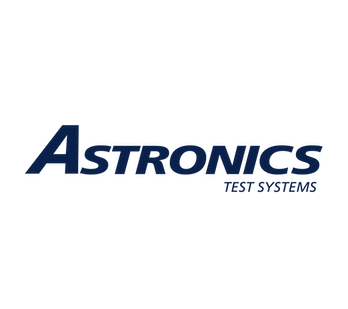

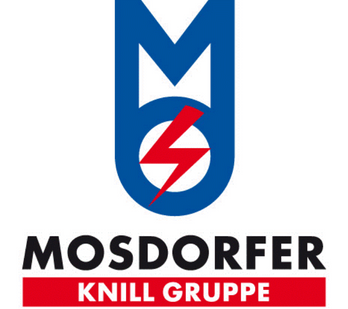
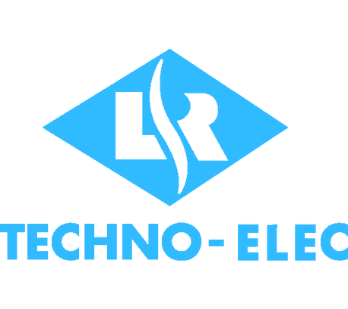
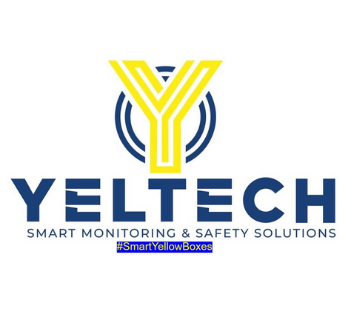

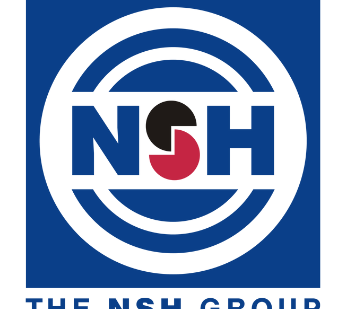

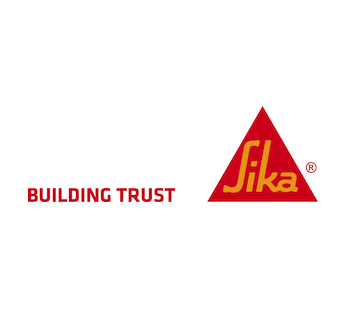
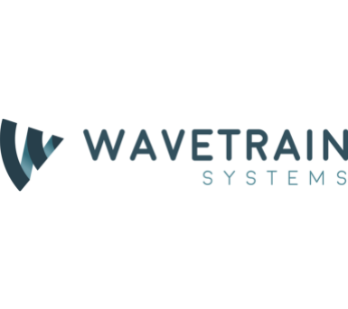
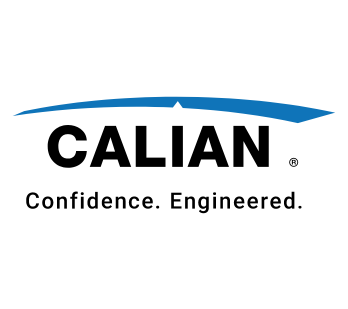
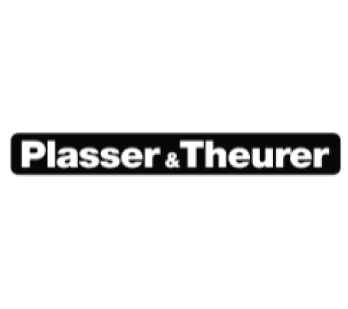
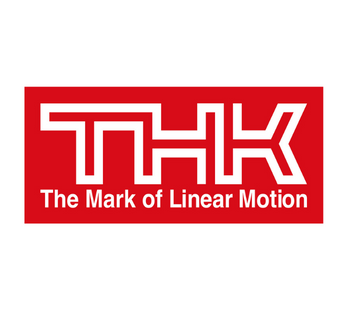
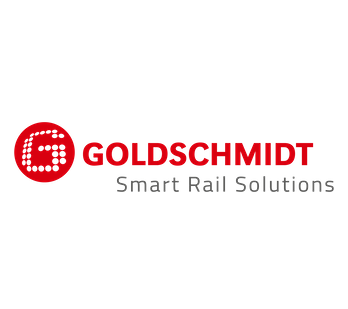
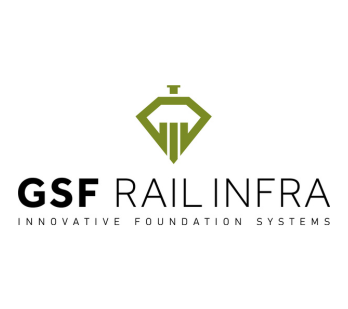
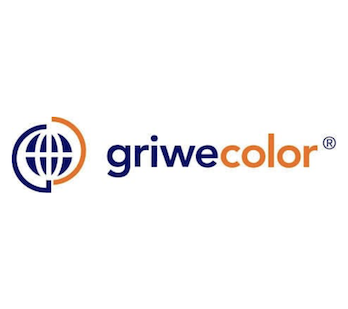
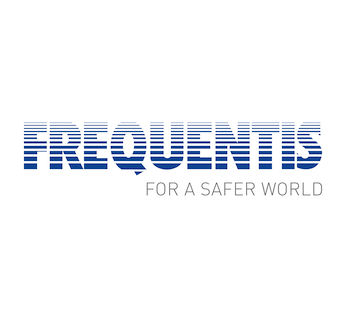

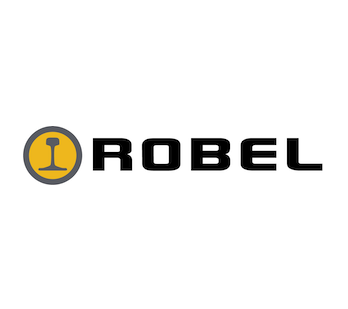
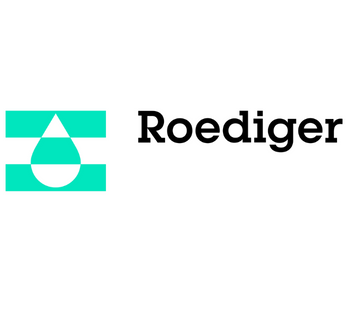
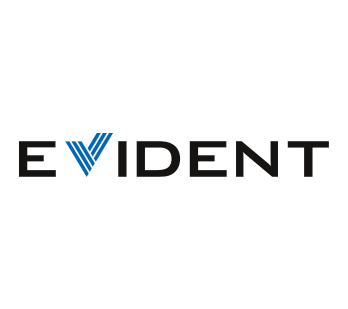
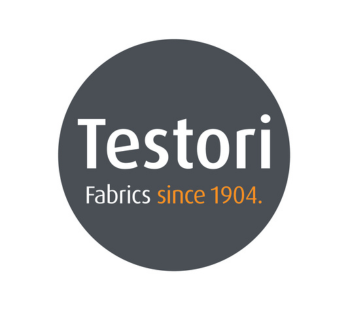
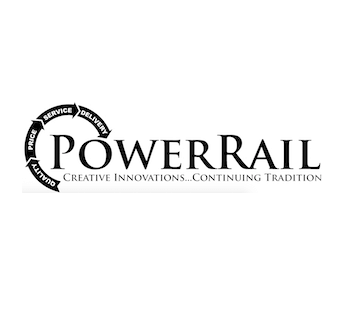

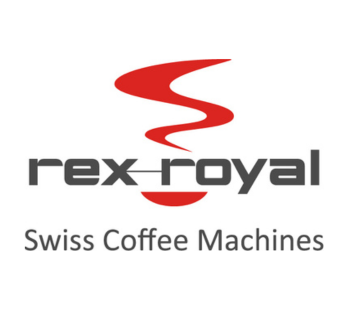

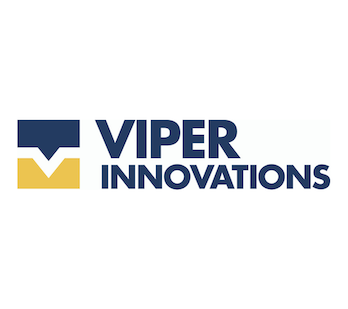
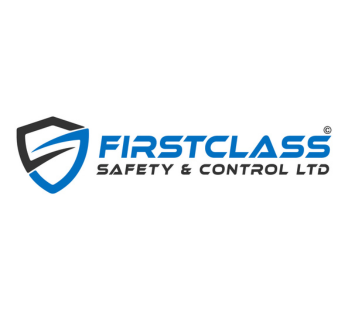
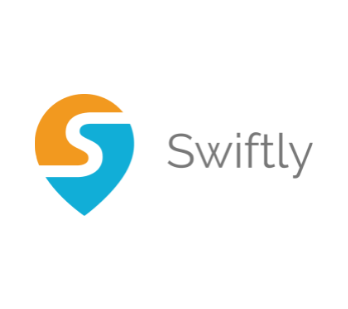
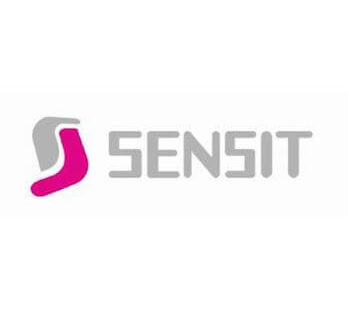
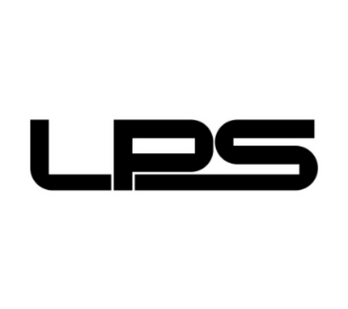

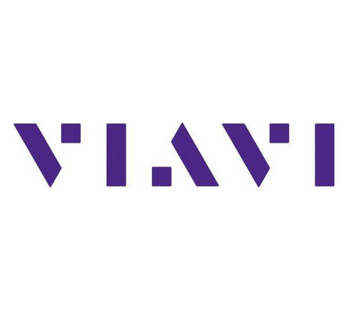
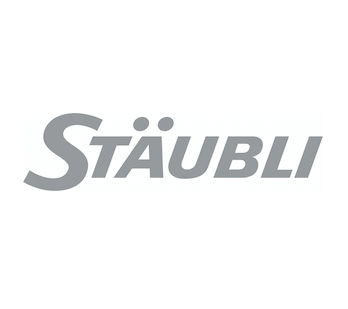
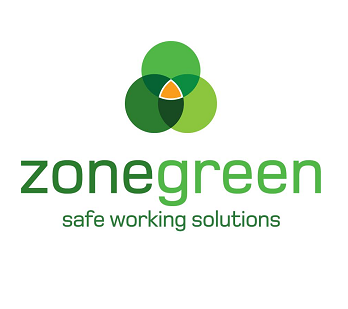

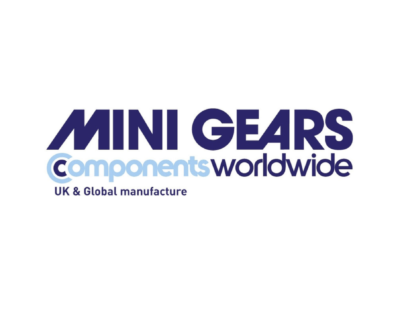
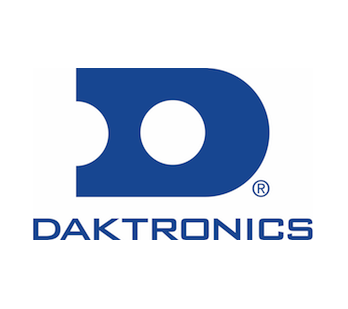
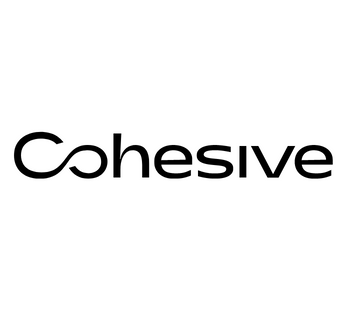
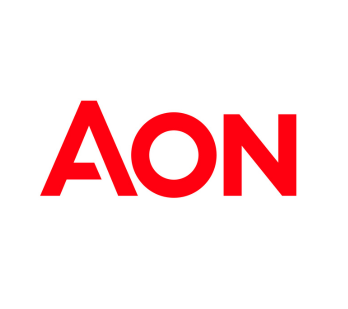
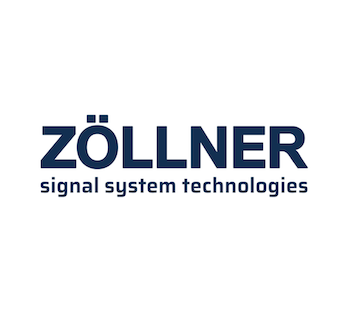
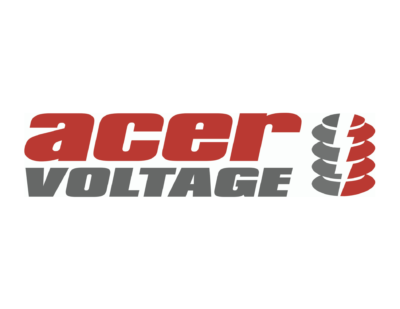
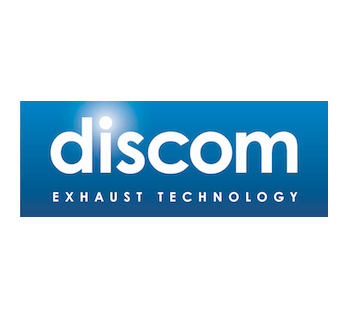
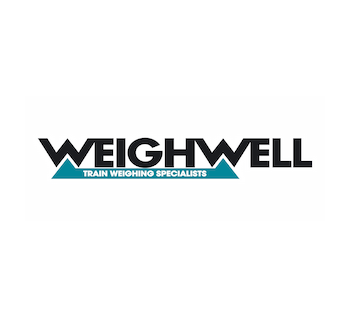
Comment
by Tiana May
Published
28 Jun 2024
Tags
Icomera
Passenger Experience
Passenger WiFi
United States
Suppliers Icomera
Events APTA Rail Conference
A conversation with Gabriel J. Lopez-Bernal, President of Icomera North America.
Supported by an infusion of federal funding, many rail operators across the US are tackling much-needed upgrades for end-of-life rolling stock and infrastructure. By procuring new products and technologies, agencies hope to retain passengers and improve customer satisfaction across their networks.
To facilitate this process, events such as the APTA Rail Conference offer a platform for sharing ideas and best practices in the industry. During the event, we spoke with Gabriel J. Lopez-Bernal, President of Icomera North America, about how investments can be optimized to retain the passenger rail market and refocus attention on ROI.
Tiana May (TM), Railway-News: Recently, there has been a concerted effort to expand and modernize passenger rail systems. Is there a demand to justify the significant financial investments being made?
Gabriel J. Lopez-Bernal (GJL), Icomera North America: Absolutely. Historically, the US boasted extensive and efficient public transit networks. However, over time, private interests led to policy changes and a significant investment in roadways, which contributed to a greater dependence on personal vehicles. Nevertheless, whenever new routes, schedules, or amenities are introduced, we see a clear demand for these improvements.
TM: To help drive this demand, should agencies be focused on establishing more lines and connections or improving current services?
GJL: We first need to be able to maintain what we’ve already built. For example, under CEO Jim Derwinski’s leadership, Metra has been diligently addressing a significant backlog in state-of-good repair for its infrastructure. They are actively working to maintain hundreds of century-old bridges, half of which they manage directly, with the rest under the responsibility of freight railroads. Addressing these foundational issues is crucial for Metra to continue providing reliable services.
Agencies often prioritize high-profile, new projects when funding becomes available, seeking community recognition and acclaim. While these projects can enhance an agency’s reputation, they often overshadow the critical need for infrastructure maintenance. We must resist the allure of new projects at the expense of neglecting our existing infrastructure. Agencies need support from entities like the FTA and USDOT to prioritize maintenance alongside new developments.
TM: Can you provide any examples of where organizations have perhaps focused on the wrong thing?
GJL: In Miami, there’s been a tendency to showcase elaborate plans for new infrastructure, yet actual accomplishments over the past two decades are disappointing. Part of the issue lies in questioning whether some proposed projects are truly viable. Take the North Corridor, for instance, which has faced federal rejection due to inadequate ridership projections. It begs the question: why persist with pushing an ambitious transit map instead of investing in revitalizing historic transit corridors?
Transit investment in Miami should prioritize areas where robust transit infrastructure thrived in the 1920s, 30s, and 40s. These are locations where interurban and streetcar services once fostered dense land use patterns, supportive of public transit. Instead of chasing after shiny new projects, we must maintain focus on investing transportation dollars into revitalizing existing corridors. This approach ensures we demonstrate effective transit development in North America before expanding into new infrastructure ventures.
TM: Should these factors also be prioritized for inter-city services, as well as metropolitan ones?
GJL: Absolutely. Amtrak’s inaugural Borealis service, which uses existing rail infrastructure between Chicago and St. Paul, was packed. Amtrak is in a position where they’re trying to rush mothballed equipment back into revenue service. They just can’t find enough rolling stock, but the demand is there. They decided to run the new Borealis train for a reason, as they had data to prove they needed to do it. The ridership numbers will now support that.
In Florida, SunRail is expanding its routes and frequency, recognizing the growing need for reliable inter-city rail services. In California, LOSSAN is adding new frequencies with the Pacific Surfliner to support the X Games. Meanwhile, Amtrak is at a point where they’re looking to add four new trains a day to the Northeast Corridor. These initiatives respond to the demand for effective investment in transit.
Each of these services has also invested in upgraded passenger amenities such as improved WiFi that keep commuters, college students, and visitors relying on the service. This highlights a consistent theme across these regions, as an enhanced passenger experience helps meet current demand while also stimulating further ridership growth.
TM: As your company is global, are you able to identify challenges for projects in the US that are not present elsewhere?
GJL: There are some unique aspects for US operators compared to their European counterparts. Except for the Northeast Corridor from Washington to Boston, Amtrak doesn’t have good control of its rail infrastructure, it is beholden to the interests of private freight railroads.
At the conference, Amtrak spoke about some of the challenges they face as they try to maintain the Northeast Corridor. They’ve realized that it’s beneficial to have a five-and-a-half-hour work window every night where they don’t run the service so that they can get the critical work done to improve service quality for the other three-quarters of the day.
This acknowledgement is powerful and will allow them to provide a better service with improved reliability. This will boost ridership further and make people trust that they can rely on Amtrak. It is similar to the airline industry: if you have a bad experience with a particular airline and you start realizing there’s a pattern of poor service, you don’t want to fly with them. Amtrak is realizing that by being more reliable in the corridors they control, ridership will increase across their network.
However, on corridors where long-distance Amtrak services run on freight tracks, they don’t have a preference, so they can’t control the schedule as much. This is where they encounter reliability and on-time performance issues because passenger trains get stuck in freight traffic, which has precedence. This challenge is unique to the US because, in many other countries, passenger rail often has priority over freight – or the public interest controls access to the corridor.
Control over infrastructure is crucial for maintaining service quality. In the US, the lack of this control outside of the Northeast Corridor presents a significant challenge that isn’t as prevalent in other parts of the world where passenger rail typically takes precedence. Addressing this disparity is essential for improving the overall reliability and appeal of rail services in the US.
TM: In these cases, is a more enjoyable onboard service, rather than a more efficient one, the key incentive that attracts passengers?
GJL: Yes, exactly. The Borealis service, for example, takes 8 hours, but it is also 8 hours to drive, so people may question why you’d do it. When operators say they don’t have the money to invest in onboard Wi-Fi or onboard entertainment, they’re not connecting the dots and realizing that this is the connection between new service and sustained ridership.
It is simple. The 8-hour drive is stressful. It is not as enjoyable as sitting on a train. Take Brightline: is it more effective to take the train than to drive? No. The journey time is about the same. But look at the ridership: I think they’re going to hit 4 million riders in this next fiscal year. So people want to do it because it is an enjoyable experience. That has value.
I think Canada is realizing this while planning its High-Frequency Rail project. It was originally going to be a high-speed, high-frequency corridor, but they’re realizing that the speed is not as important as the frequency. They need to make transit between Windsor and Quebec City, and the cities in between, as reliable as possible. And whether the trains are going 110 miles an hour or 130 miles an hour is not as important. Passengers want good quality trains and they want frequent services. If they do that and offer a pleasant onboard experience, the ridership will come; they don’t necessarily need to compete with the journey times of other modes. When the journey itself becomes a pleasant part of the travel experience, people are more likely to choose the train over other options.
TM: Which features should be prioritised to help create this experience? You’ve previously mentioned Wi-Fi, do you see this as a key driver for attracting passengers?
GJL: Absolutely. We hear that across the board. Wi-Fi is crucial, and not just for inter-city rail; commuter rail and urban transit can benefit from it as well.
Amenities such as comfortable seating, power outlets, reliable Wi-Fi, and quality food and beverage options turn a train journey into a more relaxing and productive time. This is especially valuable for business travelers who can use the travel time to work or for families who can enjoy a stress-free trip without the hassle of driving.
Commuter rail agencies understand that providing a fantastic onboard experience can attract new riders and retain existing ones. For example, at the conference, Dave Dech from SFRTA/Tri-Rail discussed operating in the same region as Brightline. In South Florida, these complementary rail systems offer similar travel times, so differentiating factors can be key for attracting passengers. One significant advantage Dech offers is affordability: a Tri-Rail ticket might cost around $5, making the service accessible to a broader range of passengers, whereas a Brightline ticket for the same route could cost up to $100. This price difference has a big impact on rider retention and attraction.
Moreover, Dech is exploring ways to enhance the onboard experience to be more Brightline-esque. This includes upgrading seating, improving Wi-Fi connectivity, and offering amenities that make the journey more pleasant and productive. These improvements are not just about comfort but also about making the train a more appealing alternative to other forms of transportation.
Beyond Wi-Fi, other factors also contribute to retaining riders. These include reliability, frequency of service, cleanliness, and safety. Ensuring trains run on time and that there are enough services to meet demand is crucial. Passengers want to know they can depend on the service to get them where they need to go without unnecessary delays or complications.
David Dech, CEO of SFRTA explains: In order to enhance the passenger experience, it is imperative for us to have our equipment maintained to a level where people can feel they are riding a superior service, and not just run-of-the-mill public transportation. Onboard services such as Wi-Fi connectivity, comfortable seating, efficient technology for train tracking and purchasing fares, all together with an efficient service that gets you where you need to get to on time.
The enhancement of our fleet caters directly to the needs of commuters seeking comfort and reliability in their travels, whereby we can increase their satisfaction with our services and naturally improve upon our ridership retention. These objectives have to be worked on in unison, and the key is not only to produce good results but also to make it part of the agency culture to consistently maintain an enhanced level of service.
TM: Several discussions at the conference have focussed on cleanliness and safety. How does this factor into providing an attractive onboard experience?
GJL: Cleanliness and safety are paramount. A clean, well-maintained environment makes a positive impression and encourages repeat usage. Safety, both onboard and at stations, is essential for building trust with passengers.
Developments in technology present many opportunities in this area. AI and machine learning can enhance video surveillance systems, making them more intelligent and proactive. For example, these technologies can identify unattended luggage, detect weapons, and recognize altercations in real time.
By implementing these advanced security measures, rail operators can ensure a higher level of safety for passengers. This not only helps to prevent incidents but also provides peace of mind for travelers, making the onboard experience more comfortable and secure. Passengers are more likely to choose and continue using a service they trust to keep them safe.
Reinforcing this standpoint, Alexander J. Houck, Deputy Chief Safety Officer at Maryland MTA added: Recognising safety as an opportunity not only facilitates discussions to address knowledge gaps and involve stakeholders but also underscores the importance of cost-effectiveness for long-term success. By prioritising safety in transit technology investments, we not only safeguard passengers but also mitigate potential financial risks, ensuring sustainable and efficient operations in the long run.
TM: There are evidently several factors that contribute to retaining the passenger rail market. How should suppliers and operators collaborate to facilitate success?
GJL: At Icomera, we see ourselves as a digital partner for transit agencies to help retain ridership. Riders are back, but let’s retain them for as little cost and as little effort as possible. Agencies need to streamline efforts, from procurement to public involvement, and return on investment needs to be a metric right from the start.
This conversation follows the first instalment of our interview with Icomera, which provides further insight into how the industry can maximize the potential of modern-day investments.